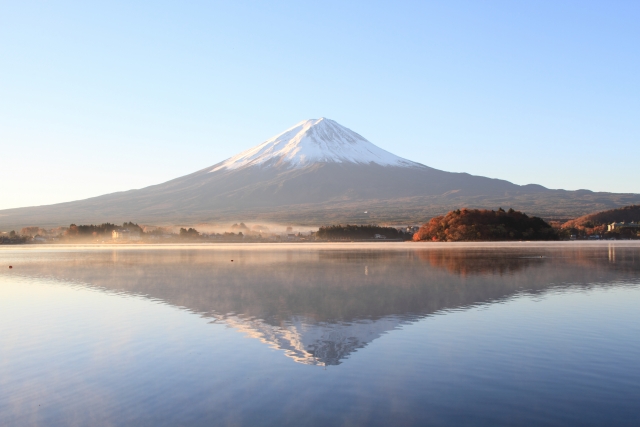We here at Japan Australia are huge fans of Starbucks Frappuccinos. Theses icy cold blended frozen drinks are perfect for the hot summers in Japan.
For a limited time only, Starbucks Coffee
Japan will release 47 new Frappuccino drinks, one for each of the 47
prefectures in Japan. The drinks will feature local ingredients to help strengthen
its ties with local communities.
The Seattle-based coffee chain come up
with the idea to help celebrate the 25th anniversary of its first
foray into the Japanese market. The first Starbucks open in the upmarket Ginza district
of Tokyo in 1996.
The special lineup is called “47 Jimoto
Frappuccino”. Jimoto means hometown in Japanese. Baristas will be drawing on
local expertise throughout Japan to bring special flavours and combinations
that are the pride of each local area. The Frappuccinos are inspired by the local food and culture of each area.
Some of the Frappuccinos that instantly
catch the eye include:
Miyagi Prefecture, which is famous for zunda (sweet edamame paste). This drink
features sweetened mashed edamame paste and matcha green tea.
Tottori Prefecture, which is famous for its sand dunes. Baristas created a creamy
caramel drink that resembles the famous sand dunes.
Aichi Prefecture, which is famous for Ogura toast (thickly sliced toast topped
with sweet red bean paste). This Nagoya specialty comes to life as a frappuccino
with sweet red bean sauce, coffee, chocolate chips, and whipped cream.
Starbucks 47 JImoto Frappuccino will be
available from June 30 to August 3, in a tall size only for 682 yen (USD$6.20).
Which flavour would you like to try? Please leave your answer in the comments below.
Visit the Starbucks Coffee Japan website for more details.
























